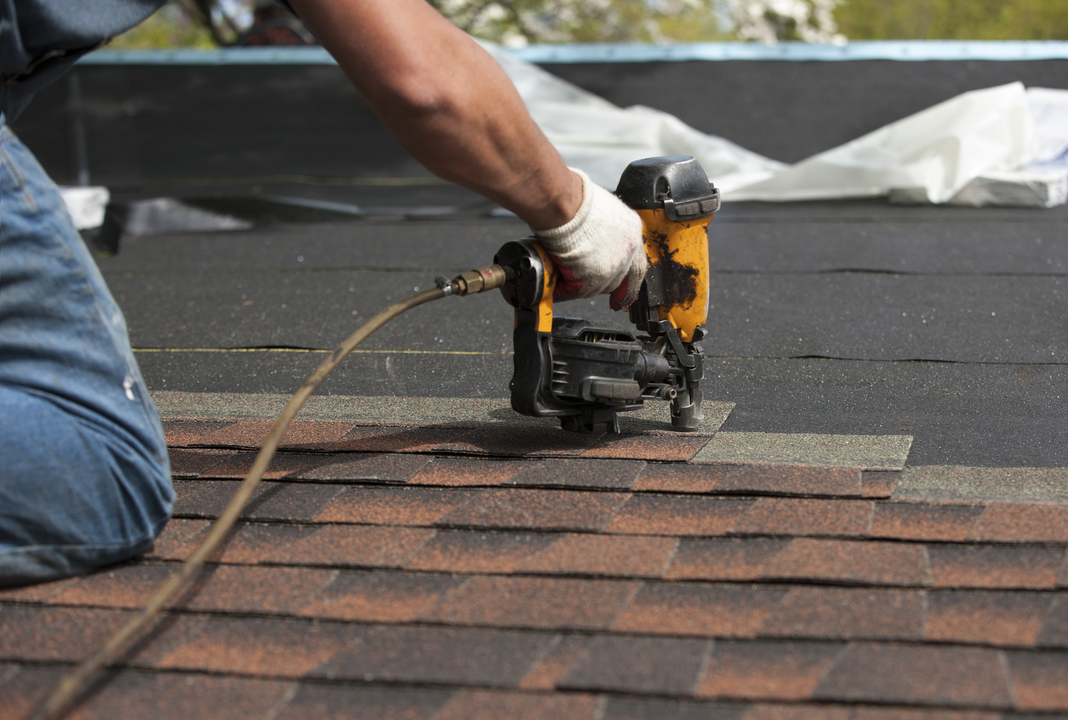Assessing the Condition of Your Roof
Before you decide to replace your roof, it's important to assess its current condition. Start by conducting a thorough inspection, both inside and out. Look for signs of damage, such as missing or curled shingles, cracks or leaks, and rotting wood. Make sure to inspect your attic as well, as this can be a good indicator of your roof's overall health.
Take notes on any problem areas you find and consider whether they can be repaired or if a full roof replacement is necessary. If you're unsure, consult with a professional roofing contractor to get their expert opinion. Remember that addressing minor issues early on can save you from costly repairs or a full replacement down the line.
Choosing the Right Roofing Materials
Once you've determined that a roof replacement is necessary, it's time to choose the right materials for the job. There are a variety of options available, including asphalt shingles, metal roofing, wood shakes, and more. Each material has its own set of pros and cons, so it's important to weigh your options carefully.
Consider factors such as your budget, the climate in your area, and the look you want to achieve for your home. Keep in mind that some materials may require more maintenance than others or may not be suited for certain climates. Consult with a roofing professional to help you make the best decision for your situation.
Finding a Reputable Roofing Contractor
Replacing a roof is a significant investment and requires skilled labor, so it's essential to find a reputable and experienced roofing contractor. Start by asking for recommendations from friends, family, or neighbors who have had their roofs replaced recently. You can also search online for local contractors with positive reviews and testimonials.
Be sure to request quotes from multiple contractors and compare their pricing, services, and warranties. Don't be afraid to ask for references and proof of insurance, as well as any relevant certifications or memberships in professional organizations. Taking the time to find a reliable and skilled contractor can make all the difference in the success of your roof replacement project.
Preparing Your Home for Roof Replacement
Before the roofing crew arrives, it's important to properly prepare your home for the upcoming project. Start by clearing any debris from your yard and moving outdoor furniture, grills, and other items away from your house. This will help create a safe workspace for the contractors and prevent any damage to your belongings.
Inside your home, take down any wall decorations or light fixtures that may be affected by vibrations from the work being done on your roof. You should also cover your attic with plastic sheeting to protect your belongings from dust and debris. Finally, make sure to notify your neighbors about the upcoming project, as they may also need to prepare for potential noise and disturbances.
Understanding the Roof Replacement Process
Knowing what to expect during the roof replacement process can help ease any anxiety you may have about the project. Generally, the process begins with the removal of your old roofing materials, followed by a thorough inspection of the underlying decking and framing. Any damaged or rotting materials will be replaced to ensure a solid foundation for your new roof.
Next, the roofing crew will install a layer of underlayment, which provides an additional barrier against water and ice. Once the underlayment is in place, the new roofing materials will be installed, starting at the bottom of the roof and working their way up. Finally, the crew will install flashing, vents, and other accessories to complete the project.
Maintaining Your New Roof
Once your roof has been replaced, it's important to keep it well-maintained to ensure its longevity. Regularly inspect your roof for any signs of damage or wear, such as missing or loose shingles, damaged flashing, or signs of water leaks. Addressing these issues early on can help prevent more significant problems down the road.
In addition to inspections, make sure to keep your gutters clean and free of debris, as clogged gutters can lead to water damage on your roof. Trim any tree branches that overhang your roof to prevent damage from falling limbs and reduce the risk of animals accessing your roof. By taking these simple steps, you can help extend the life of your new roof and protect your investment.
Understanding Roof Warranties
Most new roofs come with warranties that provide coverage against defects in materials and workmanship. It's essential to understand the terms and conditions of your warranty, as well as any limitations or exclusions that may apply. Familiarize yourself with the warranty period, what specific issues are covered, and what steps you need to take to submit a claim.
Keep in mind that warranties typically do not cover damage resulting from improper installation, so it's crucial to work with a reputable roofing contractor who stands behind their work. Additionally, remember that regular maintenance is often required to keep your warranty valid, so be sure to stay on top of any necessary upkeep.
Calculating the Return on Investment
While replacing a roof can be a significant expense, it's important to consider the return on investment (ROI) that a new roof can provide. A well-maintained and attractive roof can increase your home's curb appeal and overall value, potentially resulting in a higher selling price if you decide to sell your home in the future.
Additionally, a new roof made from energy-efficient materials can help reduce your heating and cooling costs, leading to savings on your monthly utility bills. By weighing these factors alongside the cost of the roof replacement, you can better understand the overall value of this home improvement project and make a more informed decision.
